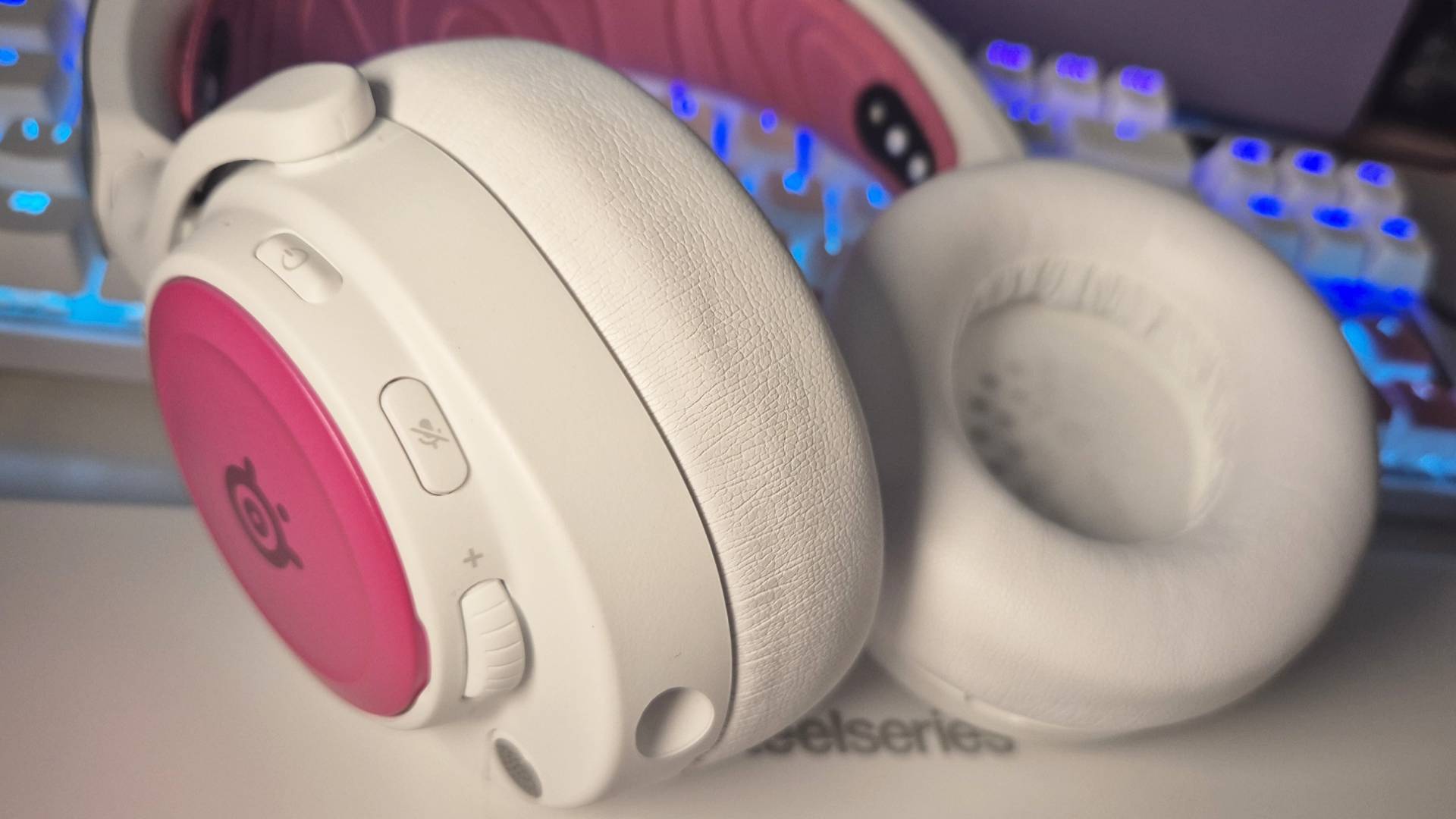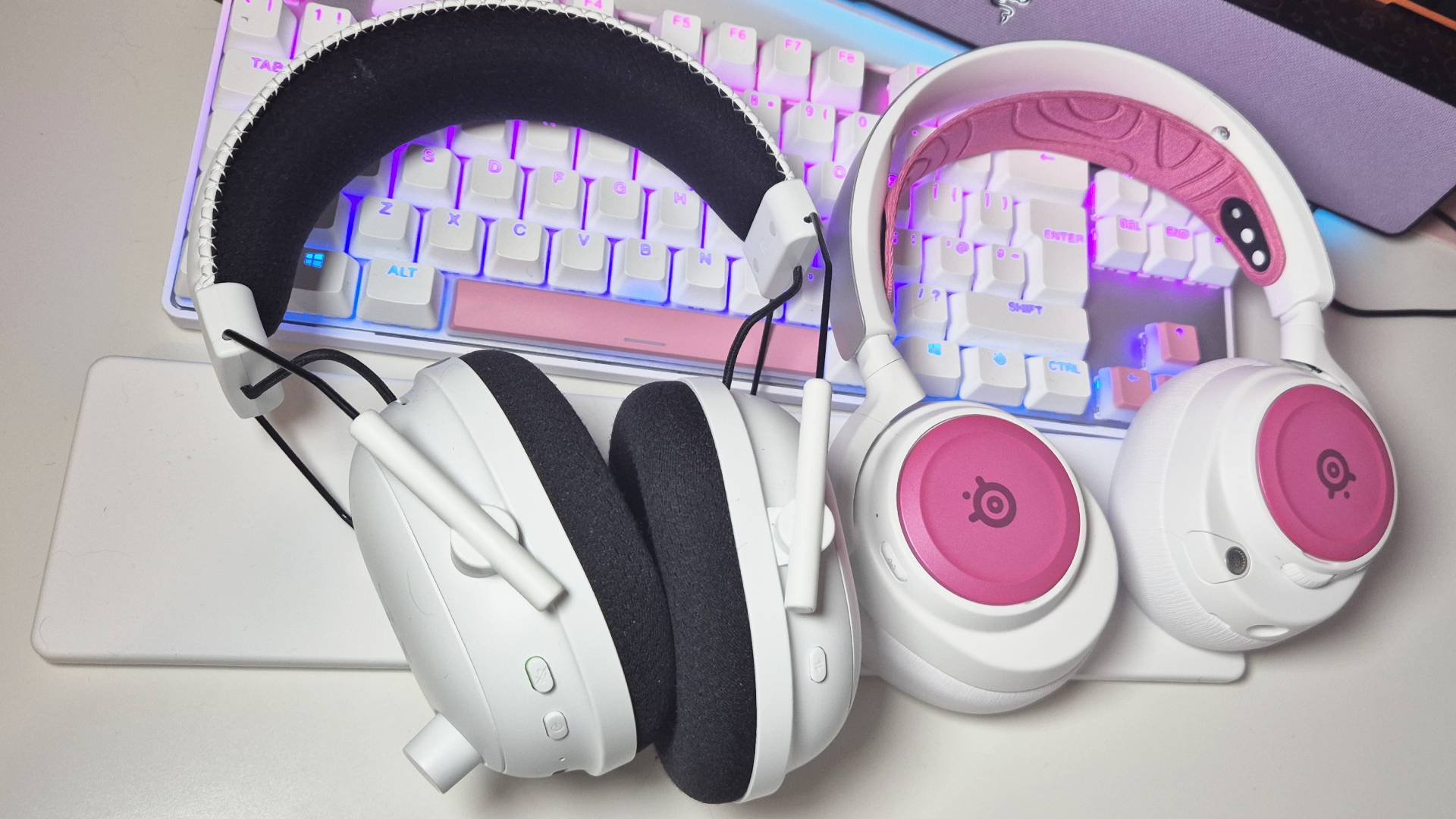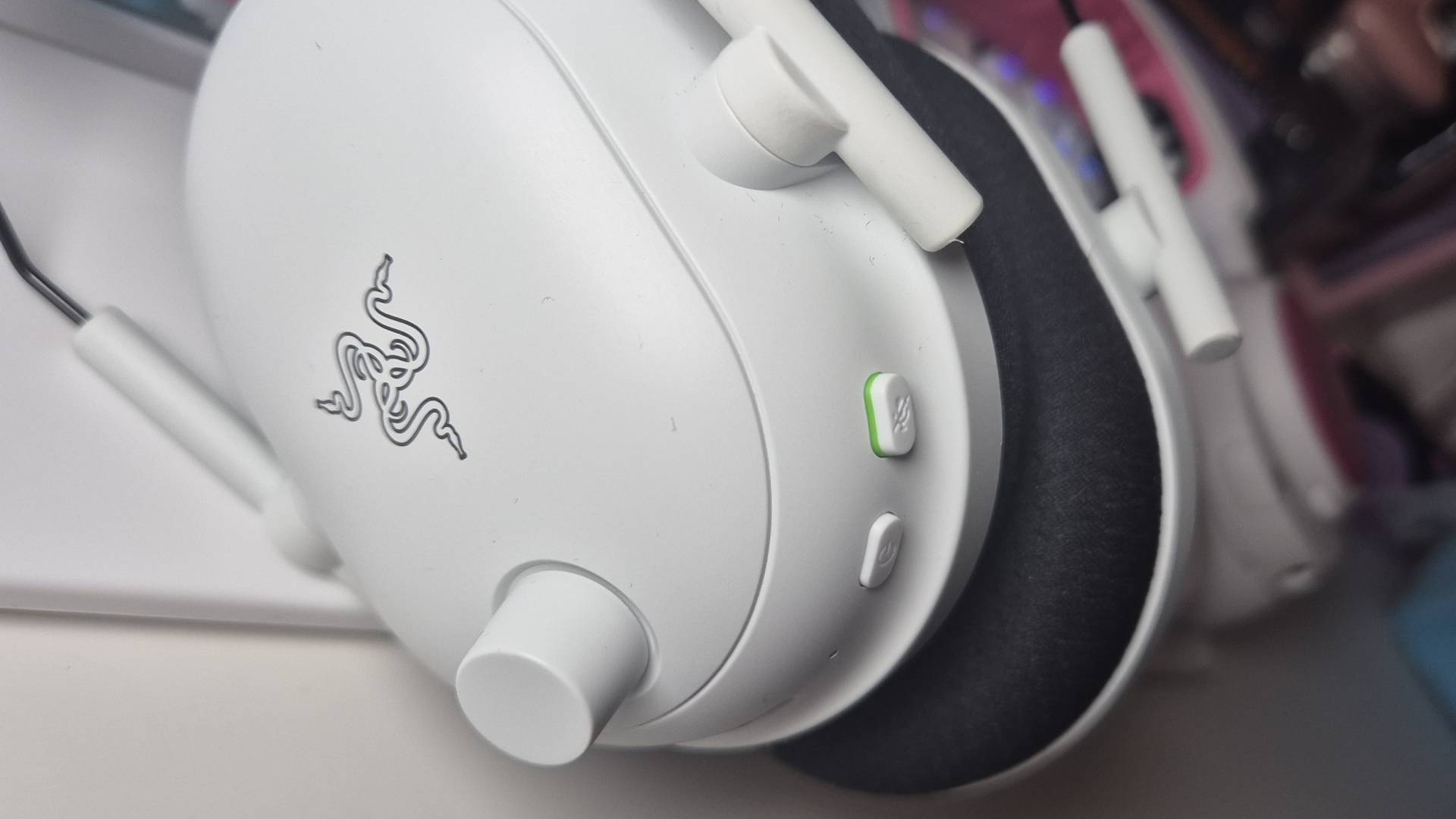
If you've spent any amount of time researching the best gaming headsets, you're bound to have come across differently-sized audio drivers. No matter if it's a pair of cups from Razer, SteelSeries, or Logitech, they'll be listed amongst the rest of the specs, and sometimes, even be plastered across the side of the packaging.
Gaming headset audio drivers can come in sizes from anywhere between 20mm to 50mm, but most modern pairs will switch between 40mm and 50 mm. If you have absolutely zero experience in audio tech, reading these sizes may just sound like audiophile gobbledegook. But the size of your audio driver can give you an idea of what to expect when it comes to sound - 40mm are better equipped to handle higher and mid frequencies, meanwhile 50mm are more suited for lower bass frequency ranges.
It's not an exact science, and there are more important determining factors, from the type of driver (eg, dynamic, or Planar Magnetic) to the quality of the components that make up the speaker to begin with. But if you're stuck choosing between two headsets, one with 40 mm-sized drivers and one with 50mm, I'm here to explain how they differ, and what that means for your future gaming sessions.
What are gaming headset audio drivers?
Before I get into the real meat of comparing 40mm to 50 mm-sized drivers, it's worthwhile explaining what they are to begin with. Audio drivers are the little speakers found within your headsets, and they're found in everything from the best wireless headsets like the SteelSeries Arctis Nova Pro Wireless, to the plethora of cheap, off-brand pairs of cups clogging up popular online retailers like Amazon and Best Buy. These compact speakers are an integral part of your gaming audio tech, as they convert electrical signals from your device into sound waves, so you can hear all the action from your favorite games - and all the Netflix TV bingeing in between.
The quality of sound produced by each audio driver can be affected by a number of factors, including how and what the diaphragm, magnet, and voice coils are made from, the type of driver, and, as you might have guessed, its size.
40mm vs 50mm: What's the difference?

To put it frankly, the larger the size of the audio driver, the more space there is for air (and the sound vibrations that travel within it) to move around. This means that gaming headsets like the Razer Blackshark V2 Pro have richer, more powerful-sounding lower frequencies thanks to their larger 50mm drivers.
This can make gaming headsets with larger drivers ideal for everyday use, as they can keep up with any powerful bass found in a lot of different genres of music. However, that doesn't mean they're of a better quality, just that they tend to handle bass a lot better than headsets with 40mm audio drivers. Most recently, I tested the Corsair Void Wireless V2 headset, and I was taken aback by how its 50mm drivers handled the spooky low-pitched sounds of games like Dead by Daylight, and that's all because that size of driver is better equipped to handle the 20Hz and 250Hz range of lower frequencies.
There are far more important factors that go into the quality of a headset's audio. But how bass is handled is the main difference that sets 40mm and 50mm audio drivers apart. While 50mm drivers may handle bass better, it comes at a caveat that headsets with larger drivers may themselves be larger in size, and may not be as well-equipped to produce the best-sounding treble and mid frequencies, like the Logitech Astro A50 X with its 40mm drivers.
40mm remains the most commonly sized driver you'll find in most modern gaming headsets, and that's because it can not only produce a great sound, but it handles higher and mid frequencies well, like where the dialogue of spoken characters in games may be placed. My go-to PS5 headset, the SteelSeries Arctis Nova 5 Wireless uses a 40mm driver, so I can hear high-pitched announcements from Galactica in Marvel Rivals as clear as day, which has helped me claim that MVP status at the end of a match more than once.
If you prioritize a clear-sounding audio for your headset, picking out pairs with 40mm is ideal. However, those who want that extra bit of power and punchy bass are better off sticking with headsets with 50mm drivers instead. Neither is better than the other, it's all about preference in the end.
Bigger is not always better

The size of your gaming headset's audio driver does not instantly mean that it's of better sound quality than other headsets out there. The SteelSeries Arctis Nova Pro Wireless is the best in the game right now and is still sporting 40mm-sized drivers. Bigger does not always mean better.
In the context of gaming headsets, bigger drivers mean there's more space for the sound waves to travel, which can increase the quality and power of your bass. But not everyone is going to prefer their soundstages to be deep and bassy like that of the Corsair Virtuoso Max - and so sticking with a 40mm option, like the Razer Barracuda X Chroma, which can handle trebles, and character dialogue will make more sense.
No matter if you're looking for the best PS5 headset or a pair you can use to switch between platforms, the biggest brands in gaming audio tech are releasing pairs with 40mm and 50 mm-sized audio drivers each day, so there's plenty to choose from.
Just remember that this is one piece of the puzzle when it comes to finding the right headset for you. Connectivity, battery life, comfort levels, design, compatibility, and price all play vital roles as well. It's not just the size and quality of the drivers that matter, but whether its combination of features suits your needs the most.
We're rounding up all the best Nintendo Switch and the best Xbox Series X headsets right here, but if you're after something better suited for your desktop, check out the best PC headsets for gaming instead.







